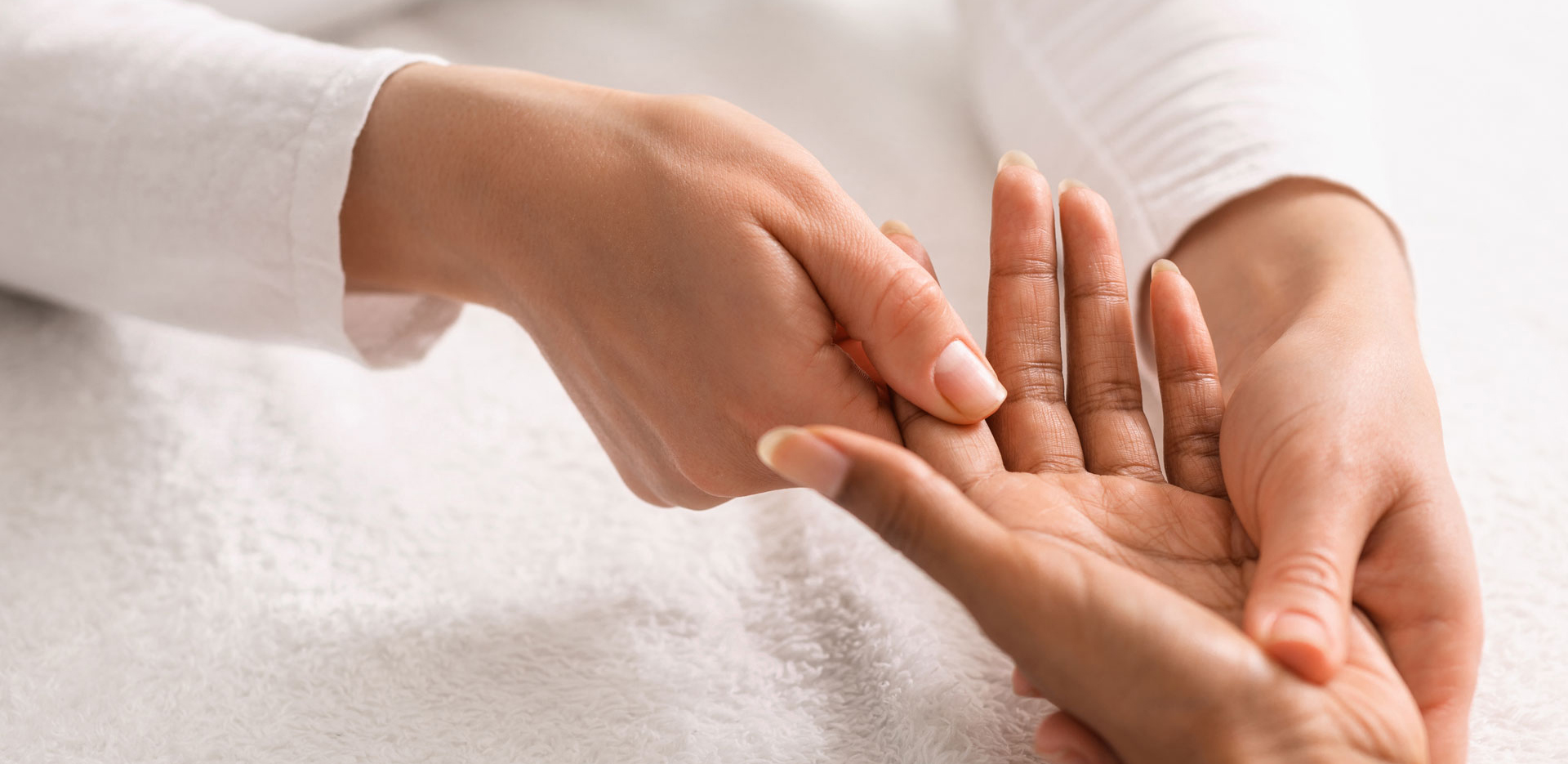
Using the Pain Relief Method to treat CTS in the Spa
Harvard University’s Medical School defines carpal tunnel as the small area located in the wrist where the median nerve and other structures pass through. This delicate space, supported by bones and ligaments, is narrow and prone to irritation from common, repetitive grasping and gripping actions like driving, typing, and writing. The constant strain of simple daily activities can squeeze or compress the carpal tunnel. This often leads to symptoms such as numbness, tingling, pain as well as the diminished function of the wrist and fingers, specifically the middle, index fingers, and thumb.
Women are the population most at risk for carpal tunnel syndrome (CTS). According to the National Institute of Health (NIH), women are three times more likely to experience CTS. Other at-risk groups include people who have diabetes or other metabolic conditions as well as people who are obese or women who are pregnant. Finally, CTS is prevalent in certain occupations such as workers on an assembly line, musicians, bread bakers, massage therapists and estheticians, data entry personnel, and people who use their hands to perform a specific action repeatedly.
The standard approach varies depending on the severity of the condition. They include strategies such as wrist splints, ice therapy, stretches to more invasive treatments like surgery.
“The constant strain of simple daily activities can squeeze or compress the carpal tunnel.”
[ihc-hide-content ihc_mb_type=”block” ihc_mb_who=”all” ihc_mb_template=”3″ ]
At the Schreiber Pain Institute, we start all our client sessions with a detailed interview and intake process. With CTS, clients often experience symptoms in the fingers of one or both hands. Typically, we begin the CTS treatment with the client lying on their back. From this position, we can easily work muscles on the front of the body. We concentrate on the chest muscles as well as the muscle around the collarbone and ribs. Although this is not the wrist, these muscles lead into and impact the upper extremity. Once they are relaxed, then we can focus on opening up the muscles of the arm and forearm.
Next, we treat the hip area. This allows the body to move closer to its center of gravity. When we become better positioned in space, it relieves pressure on the structures on the front of the body as they no longer struggle with the weight of the body leaning forward.
Finally, the neck is another key area involved in CTS. Clients who have a history of car accidents and/or neck injuries, especially when left unrehabilitated often show symptoms of CTS at a later date. Throughout the entire treatment, we communicate with the client to ensure that the pressure and techniques used are within their threshold of comfort. While some discomfort may occur, it is counterproductive to continuously expose the body to painful touch. The body in its wisdom initiates a defense system called ‘muscle guarding’ to prevent any further injury and can stymie the treatment progress.
PRM’s CTS success rate varies. The most important factor in determining client success is the length of time and severity of their CTS diagnosis. It also depends on how successful clients are at eliminating or drastically minimizing repetitive actions that perpetuate the injury cycle.
In addition, clients who commit to daily stretches as well as incorporating ergonomically sound equipment and body positioning help to support their recovery. For example, when sitting at a desk, clients can get in the habit of having the wrist lower than the elbow, keeping the knees higher than the hips, and the shoulders and upper back touching the chair when they’re sitting. When these small changes are put in place, the chances of successful recovery increase.
The PRM approach to CTS is ideal for the spa setting. As previously noted, women are far more susceptible to CTS. Women are also the main demographic for spas. There is a high chance for many of these spa-goers to benefit from the Schreiber Pain Relief Method to support their CTS recovery as well as to prevent the development of CTS. Women who spend hours a day in an uncomfortable position or doing repetitive actions with their hands benefit from treatment that combines the Schreiber Pain Relief Method and the calming and friendly spa atmosphere.[/ihc-hide-content]












